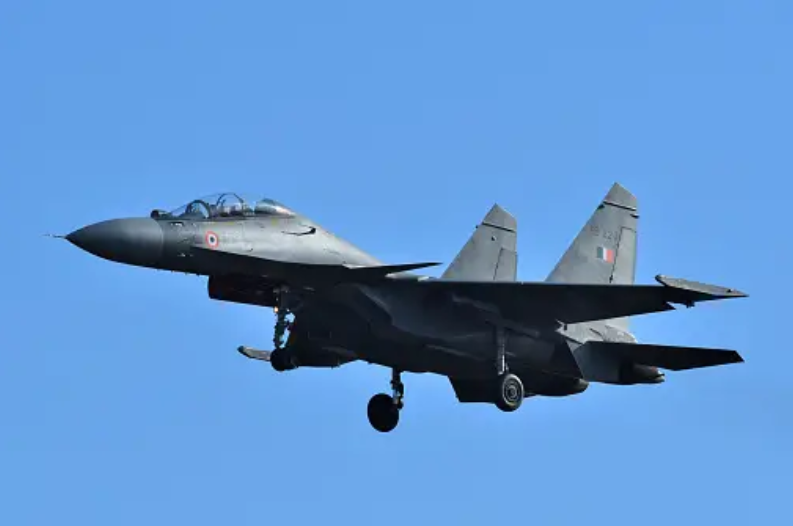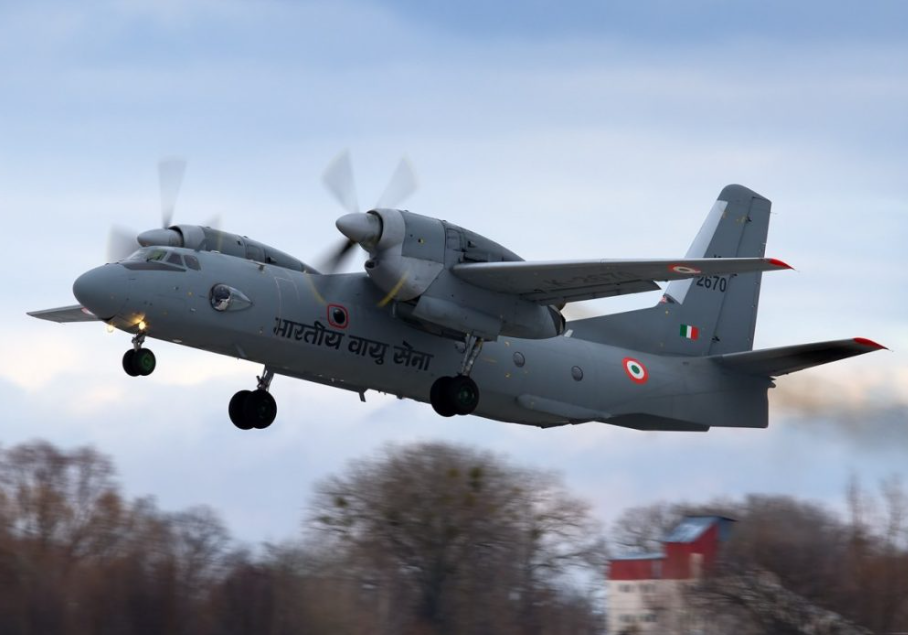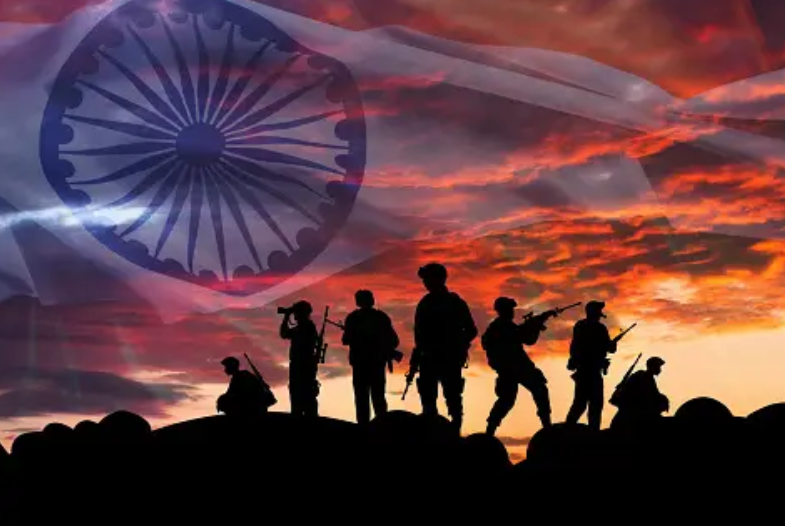Russia’s military management and production equipped Indian military supplies almost entirely since the 1960s, especially India’s aeronautical necessities. Last week, the Indian Armed forces saw the elimination of two Moscow-backed military aircrafts from its directory. This event foreshadows the closure of the period when Russian supplies of the rotorcrafts, fixed-wing aircrafts, monitor and transport platforms used to dominate India’s three-fold defense services.

The Indian Air Forces (IAF) said goodbye to one of its three left-over upgraded fighter quadrants – MiG-21 ‘Bison’. On the very same day, the Indian Navy (IN) branch of the IAF deactivated the Ilyushin IL-38 Sea Dragon, a long-range maritime patrol aircraft (MPA) after 46 years of its illustrious service to the nation. This MPA was the last among the five aircrafts belonging to the same era. Plus, by 2025, the IAF also plans to retire the two remaining MiG-21 ‘Bison’ squadrons that consisted of up to 40 fighter jets.
This event foreshadows the closure of the period when Russian supplies of the rotorcrafts, fixed-wing aircrafts, monitor and transport platforms used to dominate India’s three-fold defense services.
Author
The indigenous built Tejas Light Combat Aircraft (LCA) will inevitably displace the MiG-21 fighter squadrons while the MPA Ilyushin Il-38 (IL-38s) until now have two replacements. They are
- 12 Boeing P-8I Neptune long-range maritime multi-mission platforms, and
- 26 German-origin turboprop Dornier Do-228s.
The Bangalore-based Hindustan Aeronautics Limited (HAL) undertook the licensing and building of these substitutes for the IL-38s. A ‘substitute’ that it may sound, but these upgraded aircrafts have modern engines, composite propellers, coming-of-age avionics and a glass cockpit. There are 12 additional Do-228 currently on order from HAL by the Indian Navy. But why is India today hesitant in procuring arms from Russia?
Table of Contents
Russia’s Unreliable Proposition
A former IAF fighter pilot (three-star) disclosed that New Delhi today has minimal chances of procuring military aircrafts from Moscow due to several reasons. The issues pertaining to declined serviceability and downgrading monitoring concerns prompted India to rely more on indigenous mechanisms. Moreover, Russia displayed a poor reliability upon itself when India called it for after-sales support later.

Earlier in March 2023, it failed to provide even the crucial defense stocks to India due to the ongoing war with Ukraine. The halt of this ‘major delivery’ was a blow to the commitment made by Russia to India. The US-led sanctions have only multiplied the already existing problems. Many officers, both serving and retired, hinted at closure of the ‘golden age’ of the Soviet aerial military assets that flagged off in 1963 with the introduction of the Mikoyan-Gurevich MiG-21FL ‘Fulcrum’ fighters into the IAF. It was the most advanced fighter plane of its time.

On October 19, the Russian state corporation for exporting all military products, services, and tech, Rosoboronexport admitted ‘pressing challenges’ that this organization was facing while exporting equipment. So much so, that it now ideated on the alternate offers of technological partnerships to its foreign partners. Amit Cowshish, the former Ministry of Defense (MoD) advisor on acquisitions reiterated that India’s defense ties with their Russian counterpart, especially the military aircraft, are on a ‘downswing’. Besides, he claimed that India’s future hopes now clings to the indigenous manufacturers and Western vendors.
Key Takeaways
- India had let go of the recent contracts on aircrafts with Russia. The MoD scrapped over $1.2B tender from 2014 for 200 of the light utility helicopters, Kamov Ka-226T ‘Hoodlum’.
- Between 2017-2022, New Delhi’s Russian imports for the materials dropped from 62% to 45%, as per Stockholm International Peace Research Institute.
- Anyway, till today, the Indian Armed Forces (IAF), the Indian Navy(IN) and the Indian Army (IA) are largely dependent upon Moscow for technical support of fixed-wing combats and rotorcrafts that are going to stay in the services for at least 20 years or more.
- In September 2023, the Ministry of defense gave nod to the procurement of 12 HAL-manufactured Su-30MKIs as substitutes for an equal number lost over years in military accidents.
Closure
Many say that New Delhi’s friendship with Moscow underwent and sustained profound bilateral military trade. However, it now seems to have run its course at the podium of the current geopolitical calculations, with the arrival of Washington as a ‘close ally’ of New Delhi. Meanwhile, New Delhi fears Moscow’s cementing ties with Beijing on various fronts, encompassing, political, diplomatic, economic, and strategic realms.
Further Reads:
Union Minister of India strengthens mutual ties in Vietnam at NEIF’23
U.S. talks about loans, $500 million MCC, and locks other crucial deals with Nepal



